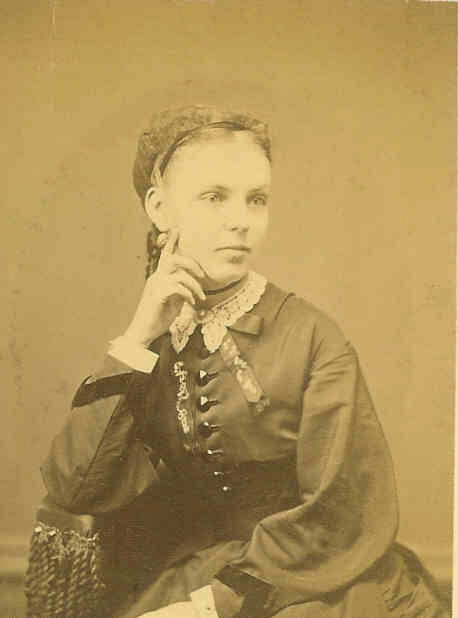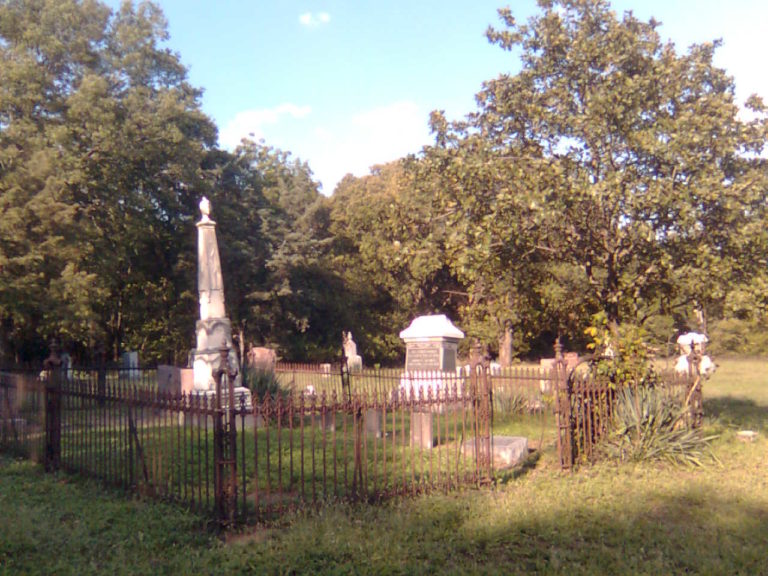Forest City Township part 2
SOME OF THE EARLY INCONVENIENCES.
Much the same surroundings and inconveniences greeted the early settlers
of this township as did those of Manito and other adjacent portions of the
county. Their marketing had to be done a long way from home, and the time
required for getting their crops to market was almost equal in length to that
required to raise them. Their principal trading-points were Havana, Mackinaw
and Pekin. Their milling was done at Mackinaw or across the river in Fulton
County. The journey to Mackinaw consumed four or five days, governed
somewhat by the length of time they had to wait for a “grist” to be ground.
Simmonds built a mill on Quiver Creek, in quite an early day, and a few years
later, McHarry’s Mill, on the same stream, was erected, so that those coming
in a few years subsequent to the date of the earliest settlements made in the
township, were denied the exquisite pleasure of going to mill at Mackinaw, and
on Spoon River, in Fulton County. While there were many inconveniences
and hardships to be endured by the early settlers, they had many things of
which we cannot boast to-day. They had game of almost all kinds, which could
be had for the simple act of killing. It did not require hunting, for there was
a superabundance on every hand. Alexander Cross states that on one occasion,
he counted forty deer in a single herd, as they rose up one at a time, and then
they began getting up so fast that he could not keep the run of them any longer.
Thomas H. Ellsworth takes the ” trick ” and goes fifty-six bettsr. Wild game
of all kinds was so abundant that the farmer did not dare to cut up his corn in
the fall and place it in shocks ; if he did he was sure to come out in the spring
minus one-third to one-half of his crop. The marshes and sand hills around
the head of Quiver Creek were famous hunting-grounds in an early day. But
the march of civilization, the dense settling-up of the country and its improvement into fine and productive farms, have driven out all the larger kinds of game,
and we have nothing left save that which is commonly found in the older settled
portions of our country. Vast and mighty changes have come upon us during
the forty years last past. Forest City Township has never had a grist-mill
erected within her borders. McHarry’s, in Quiver, and Shanholtzer’s. in Manito, supply the deficiency. The Peoria, Pekin & Jacksonville Railroad, put in
operation in 1859, is the only railroad line in the township. It passes diagonally through the northwest corner of the township, in a southwestern direction,
giving to it about four miles of track.
EARLY PREACHING, SCHOOLS, ETC.
The ‘first preaching, as was customary, was at the houses of the pioneers,
and among those who ministered to the spiritual wants of the people in an
early day, we find the names of Revs. Gardner, Rutledge, Randall, and the
venerable Peter Cartwright. These were missionaries in the M. E. Church.
Rev. William Perkins, a Presbyterian divine, occasionally preached in the
township, but was regularly engaged in the work at Topeka. Transient ministers of other denominations discoursed at times to the people, but none
remained to effect church organization save the Methodists. After the building of schoolhouses, preaching was transferred to them, and they were made to serve the triple purpose of meeting-house, schoolhouse and voting-place for the
precinct. The first school building erected in the township was the one now
known as Union No. 1, and is situated about one and one-half miles south oi the village of Forest City. It was built in 1854, and John Covington was the
first teacher. Others were built as the increase of population demanded, and
at present each district is supplied with good frame buildings. The ”
old log schoolhouse ” of the days of auld lang syne has faded away, and comes to us only in visions of the past.
The first Sunday school organized in the township was at the house of
Thomas H. Ellsworth, in the spring of 1853. William Ellsworth was the first Superintendent. It continued at the residence of Mr. Ellsworth till the building of the schoolhouse in 1854, when it was transferred to that point. It finally became the nucleus of the first Sunday school established in the village.
A number of those who took part in the first organization are at present resi- dents of the village, and take a lively interest in the Sunday-school cause. There are two church edifices in the township outside of the village the German Methodist, or Albright, and the German Lutheran, or Lutheran Evangelical. The Albright Church was erected in 1856, and, as the congregation grew in numbers, the building in a few years became too small to accommodate it. In 1865, they rebuilt and greatly increased the size of their house. The
Church owns forty acres of valuable land, and upon this stands the church
building and parsonage. A neatly laid-out and kept cemetery also occupies a
portion of the tract. Their Church property has an estimated value of not less than $7,000. It is, perhaps, the wealthiest congregation in Mason County.
Most of its members are well-to-do farmers, living in this and adjacent townships. The building is located on a gentle rise of ground, from which a com- manding view of the country may be had on all sides ; its tall, white spire, pointing heavenward, presents a pleasing appearance to the traveler passing over the line of the P., P. J. Railroad. The Lutheran Church was built a year or two later, is in the same portion of the township, about one and one-half miles south of Bishop’s Station. It is also a frame church, and cost about $1,200.
Regular services are held, and a flourishing Sunday school is connected with it.
Forest City Township has a large per cent of German population, and, as
is usually the case, they are thriving, enterprising citizens, possessed of finely – improved farms, well stocked. Taken throughout its whole extent, this town
ship compares favorably with other portions of the county in. its adaptation to the growth of corn and the other cereals common to this latitude.


